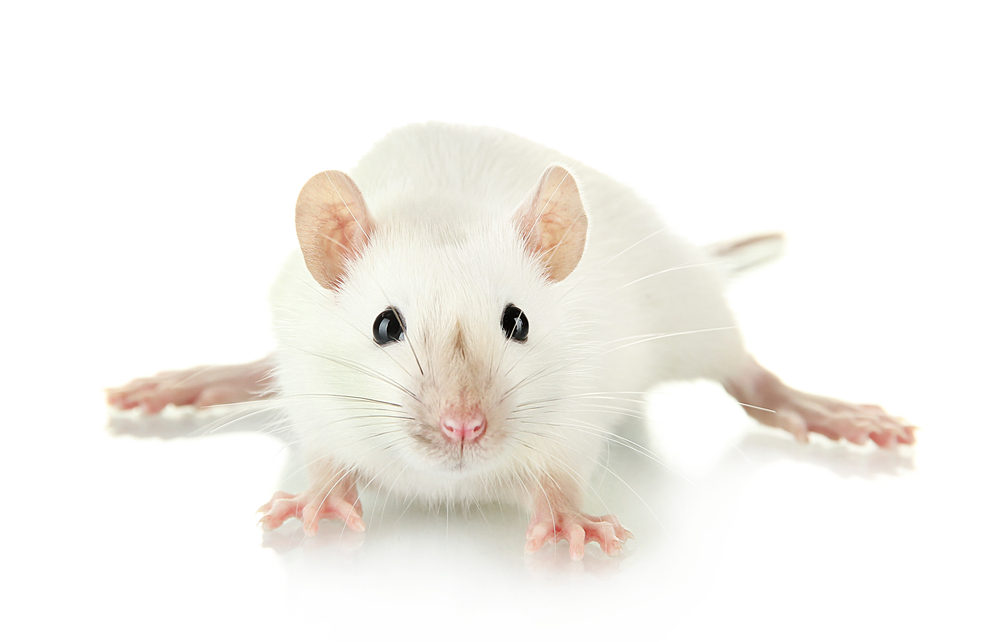Early Gene Therapy Holds Promise to Treat Gaucher Disease, Mouse Study Shows

Delivery of a systemic gene therapy restored the production of glucocerebrosidase — the deficient enzyme in Gaucher disease — in several organs, eased symptoms, and prolonged survival in mouse models of Gaucher disease, a recent study shows.
The study, “Delivery of Gba Gene Using AAV9 Vector Therapy as a Treatment Strategy in Mouse Models of Gaucher disease,” was published in the journal Human Gene Therapy.
Research efforts have focused increasingly on gene therapy for the treatment of several genetic diseases, such as Gaucher disease. Gene therapy has the potential to treat the underlying cause of Gaucher disease — mutations in the GBA gene — by providing cells with a functional copy of the gene.
GBA has the genetic instructions to produce glucocerebrosidase (GBA), an enzyme that breaks down a fat molecule called glucocerebroside.
Recently, a gene therapy using a modified and safe version of the adeno-associated virus serotype 9 (AAV9) to transport and deliver the healthy GBA gene copy has shown promising results in a mouse model of Gaucher disease type 2, the most severe and lethal form of the disease, with progressive brain damage.
Now, researchers in China evaluated the therapeutic benefits of this gene therapy using two modified versions of the AAV9 to transport and deliver the GBA gene systemically in two mouse models of Gaucher disease.
The team created two versions of AAV9-GBA, one designed to drive the expression of the GBA gene in all cell types (systemic vector), and the other to drive its expression specifically in nerve cells (neuron-specific vector). Gene expression is the process by which information in a gene is processed to create a protein.
The systemic vector was delivered directly into the blood (intravenous injection) of mice, 30 or 15 days before induction/onset of Gaucher disease to assess whether this could prevent GBA deficiency.
Gene therapy delivered 30 days in advance restored GBA activity in multiple organs, improved motor function, and prolonged the mice’s survival by almost 14-fold.
While these mice normally survive only seven days after birth, mice treated 15 days in advance survived one to two more days, and some of the mice treated 30 days before disease onset survived more than 300 days.
These results support the idea that early treatment is key to prevent further damage in Gaucher disease.
The neuron-specific version was delivered into the abdominal cavity of a mouse model with Gaucher disease with brain involvement, five days after birth.
This version restored the expression of GBA and the enzymatic activity of the GBA enzyme in the brain, while easing brain-related changes and symptoms, and prolonging the mice’s survival by twofold.
The researchers found no signs of toxic effects in tissue samples of mice treated with either vector.
“Our results indicated that AAV9-mediated Gba gene delivery effectively [reduced disease-symptoms] and prolonged the lifespan in GD [Gaucher disease] mouse models, and did not show obvious toxic effects, which demonstrates that AAV9-mediated gene transfer is a potentially effective treatment for GD,” the team said.
The researchers noted, however, that additional studies are necessary to confirm these results and to better evaluate the safety and clinical strategies of this approach as a potential treatment for the several forms of Gaucher disease.



